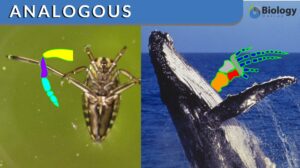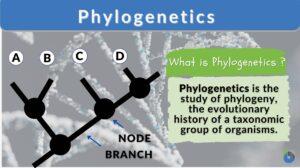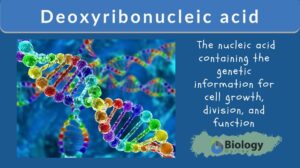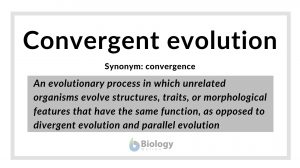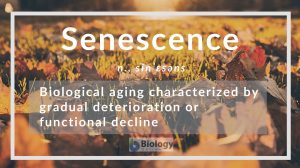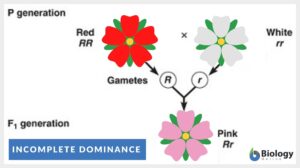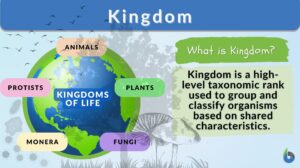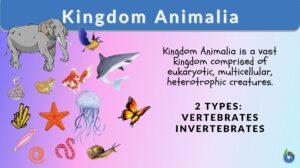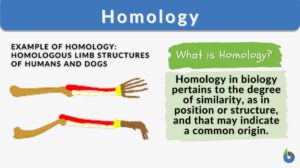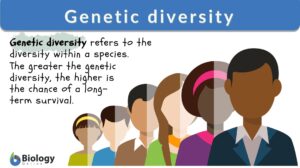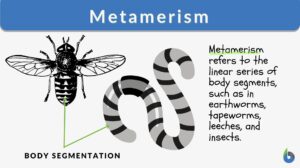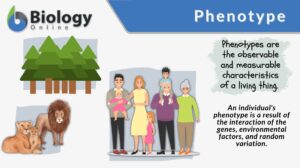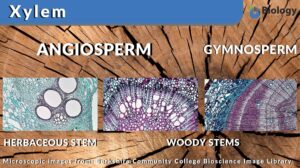Search Results for: morphological features
Morphological features
morphological features properties related to the external structure of soil (such as colour and texture) or of... Read More
Cell morphology
The basic essence for any living organism is its structural framework which includes appearance, form, and the... Read More
Angiosperm
Angiosperms Definition What is an angiosperm? An angiosperm is a plant that produces flowers. The angiosperms, also... Read More
Sexual dimorphism
Sexual Dimorphism Definition Sexual dimorphism refers to the morphological differences (in form or appearance) between... Read More
Degenerate
Degenerate means to become worse or less of its kind or former state. In biology, it means an entity performs the same... Read More
Morphology
Morphology Definition Morphology means the study of the shape and structure of living things from a biological perspective.... Read More
Sexual selection
What is Sexual Selection? The definition of sexual selection is very interesting in biological terms. The sexual selection... Read More
Phylogenetics
Phylogenetics Definition Phylogenetics is the scientific study of phylogeny. It studies evolutionary relationships among... Read More
Cytomorphology
Definition noun The study of cellular morphology Supplement Cytomorphology is useful in determining the external features of... Read More
Deoxyribonucleic acid
Deoxyribonucleic Acid (DNA) Definition A nucleic acid refers to any of the group of complex compounds made up of linear... Read More
Pantherinae
Definition noun A taxonomic subfamily belonging to the family Felidae, and includes the genera Panthera and... Read More
Convergent evolution
Convergent evolution definition What is convergent evolution? Convergent evolution is a concept in evolutionary biology... Read More
Protozoology
Definition noun A branch of biology that studies protozoa, which are eucharyotes characterized by being single-celled, most... Read More
Embryology
Embryology Definition Embryology is a branch of biology that deals with the topics concerning gamete formation... Read More
Senescence
Senescence Definition Senescence is defined as biological aging. In cell biology, it refers to the cell wherein it is no... Read More
Carcinology
Definition noun A biological discipline that studies crustaceans Supplement Carcinology is a branch of zoology that deals... Read More
Determination
Determination (Science: cell biology) The committment of a cell to a particular path of differentiation, even though there... Read More
Incomplete dominance
Incomplete Dominance Definition After Gregor Mendel discovered inheritance laws, the term ''incomplete dominance'' was... Read More
Allopatric speciation
We can define speciation as a process by which the novel genetically independent group of organisms are formed through the... Read More
Kingdom Animalia
Kingdom Animalia Definition Each person can say that they know of or can name at least one animal. However, do people know... Read More
Genetic diversity
Genetic Diversity Definition Each species is composed of individuals with their own set of genes. A gene is the inheritance... Read More
Metamerism
Metamerism Definition Metamerism is the repetition of homologous body segments. This type of development can be seen in the... Read More

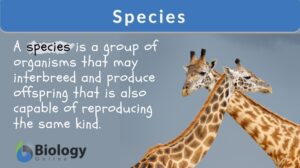


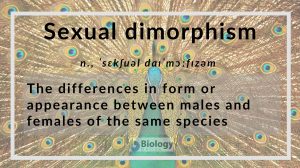

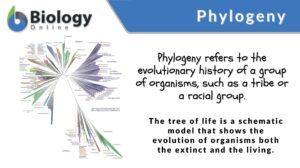
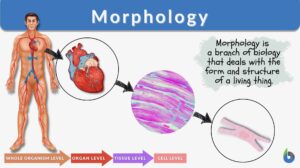
![Botany n., [ˈbɑt.ə.ni/] botany definition and example](https://www.biologyonline.com/wp-content/uploads/2019/10/botany-definition-and-example-300x168.jpg)
